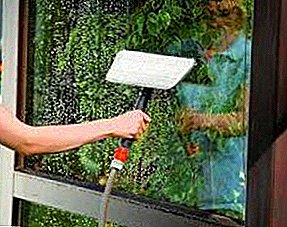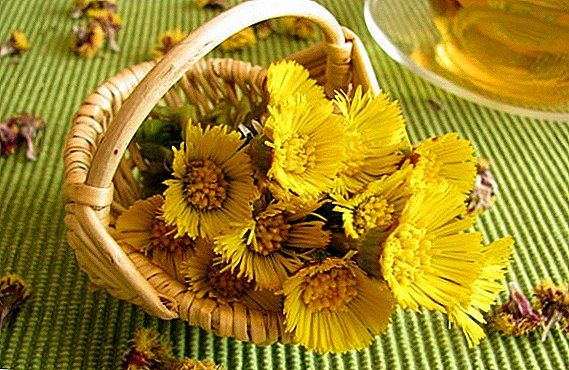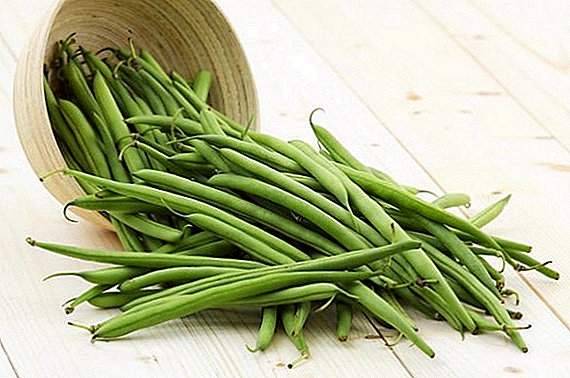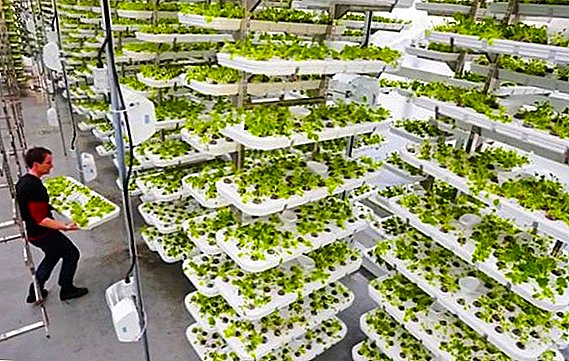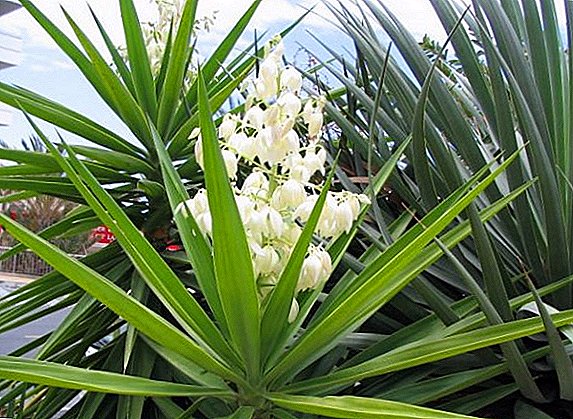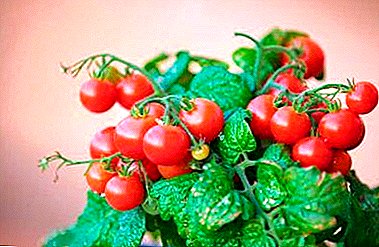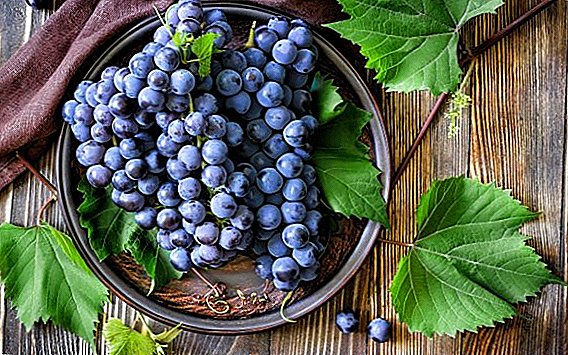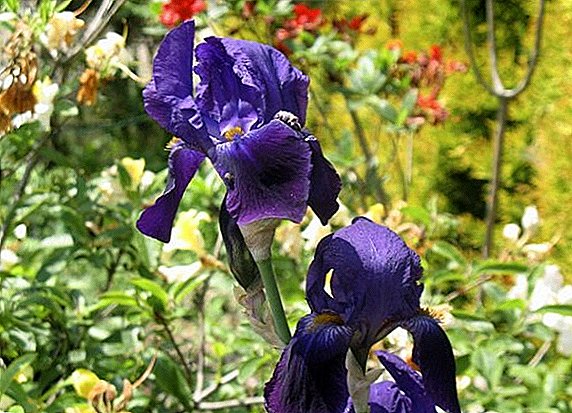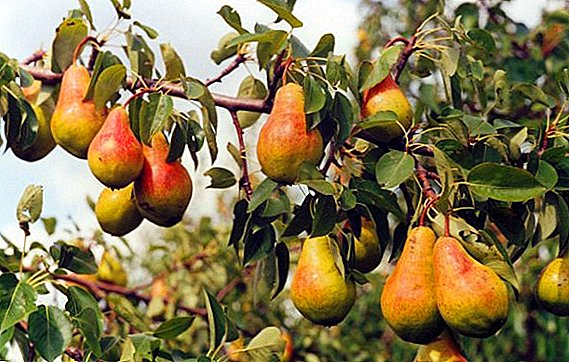 Planting is the most important stage of pear cultivation.
Planting is the most important stage of pear cultivation.
If it is produced incorrectly, then a good harvest will ripen for a long time, or, quite possibly, you can expect no harvest at all.
How to choose the time for landing
So, the first question arises from a gardener who wants to plant a tree: when is it better to plant a pear in the spring? For the southern regions, this issue is resolved easier - it is more profitable to plant in the autumn, since it is more difficult to take root in a seedling in a hot summer period. For the northern regions, everything is also unequivocal: springtime is chosen for planting, otherwise in winter the sapling will freeze and die.
What do summer residents who live in the middle lane do? Here we need to properly weigh the pros and cons. Plus, spring planting is that there is no need to worry about possible frosts. During summer and autumn, the plant is gaining strength, it becomes strong, and it is easier for him to survive the winter under a special shelter. However, the autumn period can boast of another advantage: at this time a large selection of seedlings is offered, and autumn plants are further distinguished by increased resistance to frost. 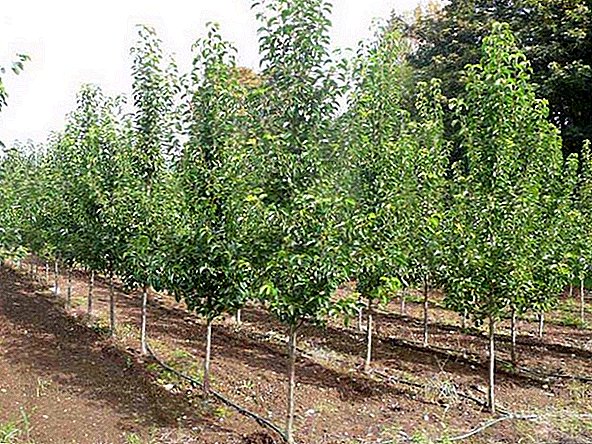
In the spring, it is better to plant a future tree in the middle of the season - from April 20 to 30.
Features of growing
Usually, the tree is planted in the spring, when the weather is warm enough, and lowering the temperature is not expected. Landing time is chosen from the end of March to the beginning of May. It all depends on the climate zone.
Important! Hrequired to plant seedlings before the growing season - in other words, before the leaves bloom during hibernation.
The importance of lighting
Most often for planting pears is chosen the most illuminated place with dry and flat soil. This is very important for the future development of trees. To pollination was full, it is necessary to plant on the sunny area several varieties that bloom at one time. Suitable for good metabolic processes and development of pear loose substrate which does not allow excess water and air, retains moisture in the root zone. 
Soil requirements
Fruits develop better on the soil that is rich in nutrients. Do not plant pears in the lowlands. In such areas, usually the groundwater level is high, and this after the winter period has a negative effect on the plant.
The pear does not like dark places very much, therefore, planting a young tree, you should try to select a place so that the distance from the country house is about 3 meters.
Important! The pear planting scheme should look like this: the correct distance between young saplings is 5-6 meters.

Landing technology
Planting is carried out in specially prepared pits, which are dug, taking into account the root system of the tree: the roots should be placed freely, without any creases. For planting in the fall, dig a hole in 1-2 weeks. For spring - prepare in the fall.
Did you know? The better the crop, the smaller the fruit in the trees. They are usually much larger on a young tree, because pears are pruned every year, lightening and rejuvenating the crowns.
Seedling preparation
Land for seedlings prepared in advance in September and October. Up to 6 kilograms of organic fertilizer is used per 1 square meter of soil, up to 60 grams of ordinary superphosphate, 15 grams of potassium sulfate. Fertilizer is evenly distributed throughout the site, and then dug over with a shovel.
Before you put a seedling in the prepared mound, you need to evenly distribute the roots of the tree and top it with soil, so that the upper part of the roots was 5 centimeters above ground level. Seedlings shake a couple of times so that there are no voids between the root and the soil. 
For the speedy survival of the seedling, nutrient soil is added to the hole along with humus, potassium sulfate and superphosphate. In areas with dense soil in the middle of the fossa, you can additionally add river coarse sand.
How to prepare the pit
The pit is dug out with such dimensions: 80 centimeters wide and 70 centimeters deep. Digging with sheer walls is carried out: the fertile layer is thrown back in one direction and the clay in the other. Humus, sod with the upper ground, fertilizer are poured into the pit, and a mound is created. Humus and peat will fill the soil with nutrients and increase the coefficient of looseness.
Feeding pears is useful to do with the help of nitrogen-containing fertilizers: urea or nitre, sometimes chicken dung is also used.If necessary, the soil for seedlings treated with 500 grams of lime per 1 square meter, depending on the acidity and soil composition. The main part of the dose is administered in the fall, and the rest in the spring. Holes for saplings are dug and refilled in the fall according to a scheme identical to apple trees.

How to plant a pear in the spring
Planting a fruit tree is not a difficult process, if you follow the correct sequence. There is a brief step by step instruction on how to plant a pear in the spring:
- Dig a hole that fits the size of the seedling.
- The hole must be filled with fertilizer and humus, mixing them with the ground.
- Next should drive a hole in the hole.
- Spread the roots, plant a tree in a hole.
- Cover the ground, well trampled, so as not to pass the air.
- Snap a tree to a peg.
- After the end of the main work, a hole is created for irrigation, and peat is poured.
Pear can be planted near the place where previously grew plum, cherry or cherry.Consider the landing process in more detail.
It is necessary to retreat from the center of the prepared pit 30 cm, to drive a wooden stake. The stake should be driven from the south side to protect the seedling from burns on a sunny day. In addition, the peg maintains the stability of the still fragile tree with strong gusts of wind. Its height is up to the lower sprig of a sapling, about 50 cm. A mound is made around it. A seedling is planted near the stake on the north side, all roots are carefully spread. Fall asleep with fertilized soil, well tamping. When pouring the earth, you need to shake the seedling so that it is firmly established, so that it is very difficult to pull it out using force. 
Next, the stem of the plant must be slightly tied to a support. Make a special circular hole, generously watering it with water. Finally, you need to mulch the circle. It is necessary to ensure that the mulch surrounds the whole season. You can apply additional manure, mowed grass and humus.
Sheep, pork, cow, rabbit and horse manure can be used to fertilize seedlings.If the soil subsides, you need to pour it, as this will lead to shrinkage of the roots. Deep planting of the tree causes diseases of the pear, and even death.
After planting a sapling around a young tree, they create a small hole with a diameter of about 25 centimeters, which is necessary for watering. And after watering, the hole is covered with peat or humus in order to maintain soil moisture. 
The scheme of planting pear seedlings
The distance between the trees directly depends on the stock on which the pear is grafted. If the tree is grafted on a strong-growing stock, then the planting is as follows: 5 meters between the trees in a row and 6 meters between the rows. If vaccinated on semi-dwarf - the scheme is designed 4 by 5 meters, on the dwarf - 3 by 4 meters. Most gardeners make a fairly dense tree planting so that there are more varieties, but when the pear grows, it has a bad effect on development, and you have to remove the excess.
Did you know? Chicken eggs in the pit for planting for a long time will provide the young tree with nutrients, so there is no need to worry about feeding. In extreme cases, whole eggs can be replaced by a shell.
Aftercare in the garden
Virtually all care for a young tree comes down to regular watering and crown formation. You need to watch carefully so that weeds do not germinate, and for this it is necessary to loosen the soil. Weeds are a breeding plant for aphids, which loves to eat the juice of young seedlings. Therefore, it is important to constantly weed the soil after watering.
It will be interesting to familiarize yourself with how to deal with pests of pear.In the early years, the tree needs to be fed, since fertilizer is not enough for this. So that the soil does not dry out and does not slow down the development of the seedling, the tree is additionally watered in hot weather. If the tree lacks moisture in the summer, it will begin to ripen earlier, and the fruits will be smaller than they should be. Therefore, do not neglect the care and follow the recommendations so that you have a high-quality and tasty harvest.


